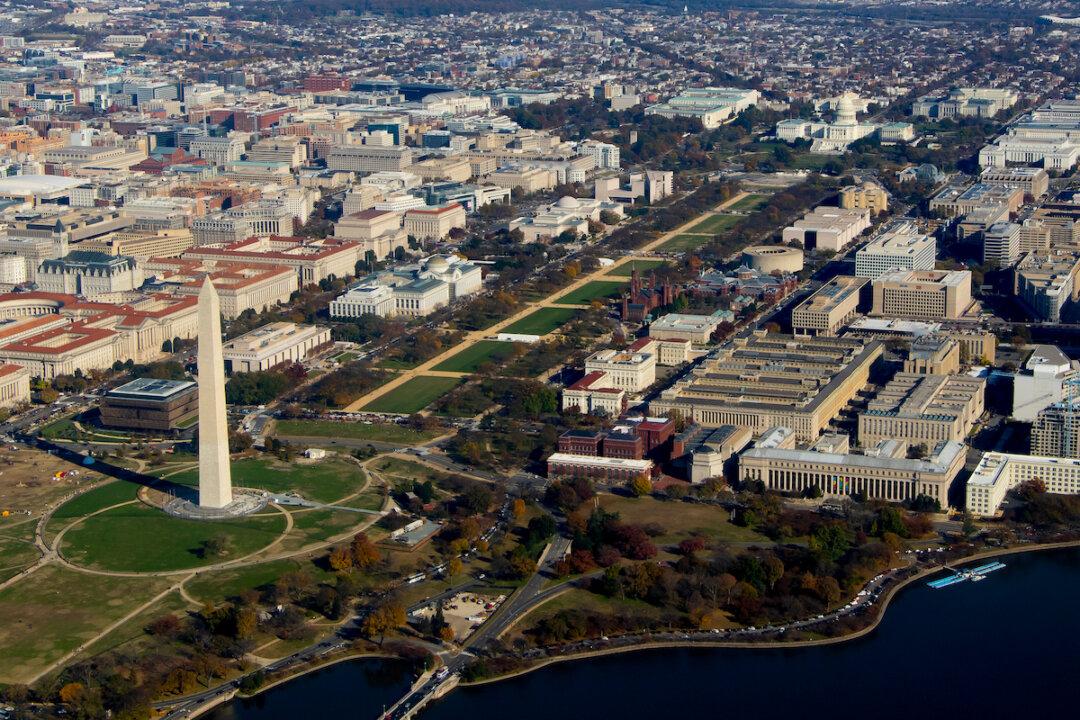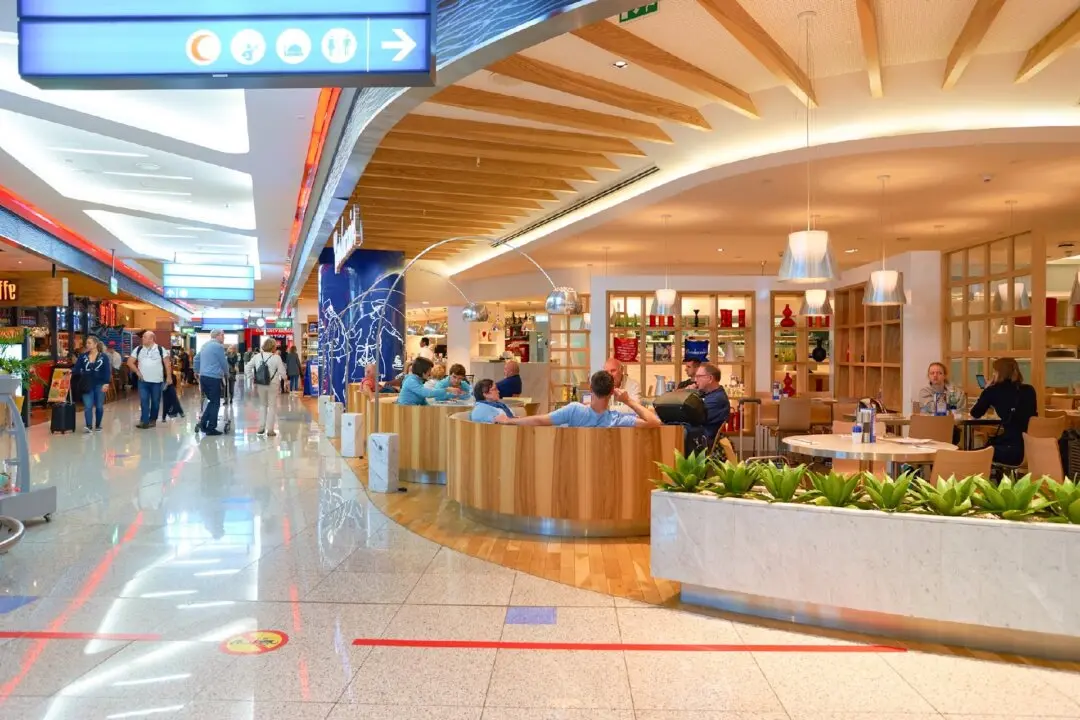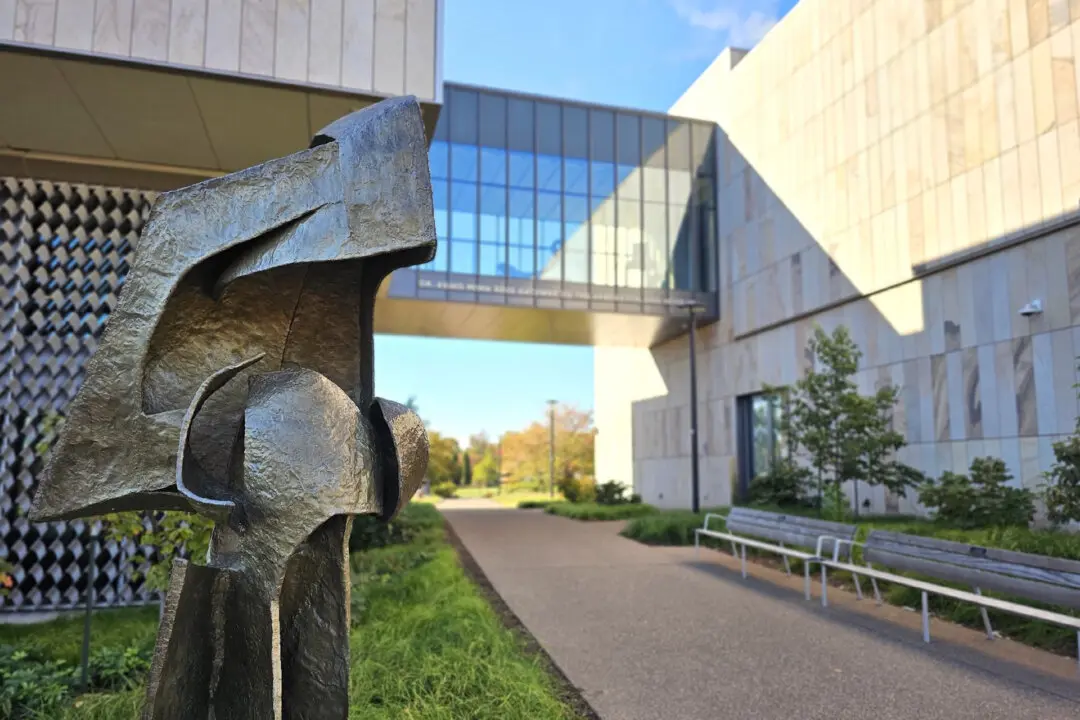The Smithsonian Institute is super, the National Gallery of Art is gorgeous and the National Air and Space Museum takes visitors on flights of fancy. These are among major galleries and exhibits that make Washington, D.C., a true museum-lover’s paradise. Those in the know, however, are aware that the city also is home to a long list of smaller, less-well-known but equally intriguing collections that appeal to a wide variety of interests. From woodlands and words to history and mystery, these below-the-radar attractions make up in allure anything they may lack in terms of size and fame.
The Department of Interior Museum, located in that agency’s massive headquarters complex, depicts its stewardship of the country’s public lands, natural resources and heritage. It does so with works of art, natural history specimens and artifacts reflecting the diversity and culture of Native American tribes.





